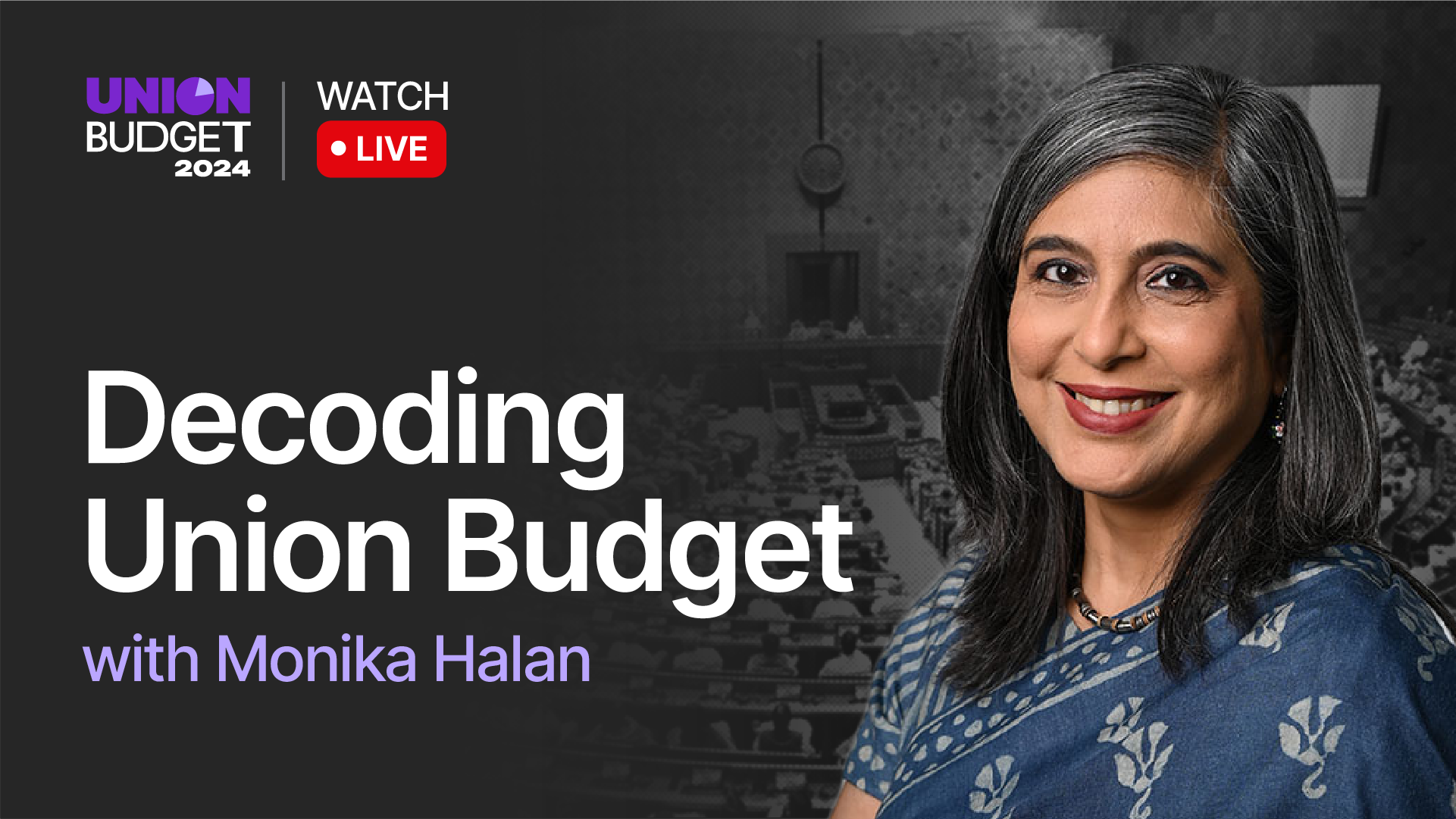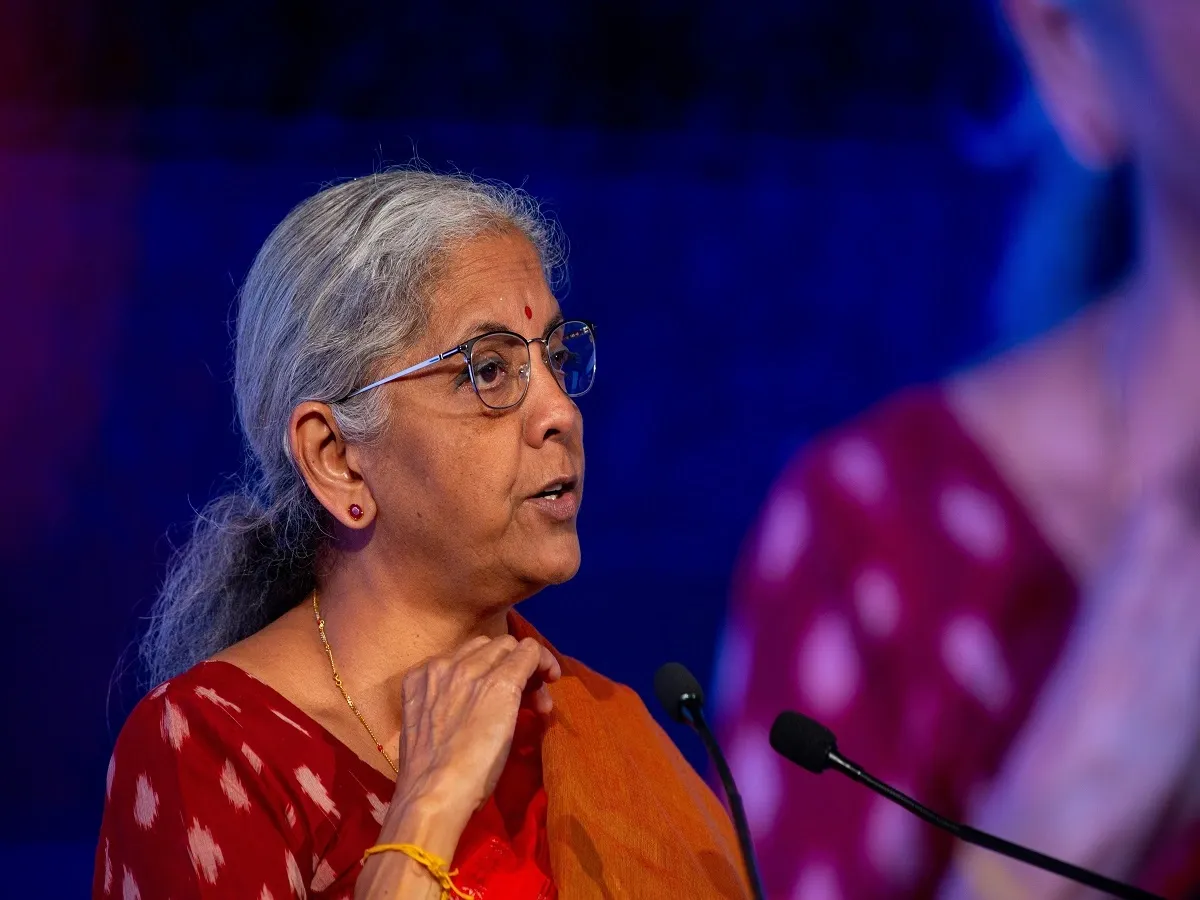Business News
Can the Budget Boost Domestic Manufacturing?

4 min read | Updated on January 31, 2024, 09:49 IST
SUMMARY
India’s share in global manufacturing stands at a meagre 2.1%, lagging behind China's 28% and Vietnam's 8.1% (IEG India, 2023). The question then arises: can the upcoming budget provide the necessary thrust to propel India's domestic manufacturing sector out of its sluggish state?

2024 interim budget will play pivotal role for domestic manufacturing sector
- The budget must unlock untapped potential in key sectors like electronics, pharmaceuticals, and renewable energy through infrastructure investments, improved logistics, and streamlined environmental clearances.
- Targeted tax breaks, R&D incentives, and fuel cost management strategies like subsidies and price stabilization mechanisms can provide the necessary thrust for domestic manufacturing.
- Skill development initiatives aligned with industry needs, rural market development through infrastructure and financial inclusion, and simplifying the GST maze for manufacturers are crucial for long-term growth.
As the 2024 interim budget looms on the horizon, Indian domestic manufacturing stands at a crossroads. While aspirations of becoming a global manufacturing powerhouse remain high, reality paints a different picture. India’s share in global manufacturing stands at a meagre 2.1%, lagging behind China's 28% and Vietnam's 8.1% (IEG India, 2023). The question then arises: can the upcoming budget provide the necessary thrust to propel India's domestic manufacturing sector out of its sluggish state?
At the heart of India's manufacturing endeavors lies unlocking its untapped potential. Key sectors like electronics, pharmaceuticals, and renewable energy showcase promising avenues. India aims to not just assemble smartphones but also play a lead role in fabricating sophisticated components like semiconductors.
Envisioning this objective requires concerted efforts towards building world-class infrastructure, streamlining logistics, and simplifying environmental clearances. Studies by NITI Aayog (2023) suggest that targeted investments in dedicated industrial corridors, coupled with efficient multimodal transportation networks, can significantly reduce logistics costs and improve connectivity. Additionally, the World Bank emphasizes the need for streamlining environmental clearance processes to avoid project delays and create a predictable investment climate.
Beyond infrastructure, targeted tax incentives can act as catalytic converters for growth. The existing Production Linked Incentive (PLI) scheme has achieved notable successes in sectors like mobile phone manufacturing. Building on this momentum, the budget could consider lower corporate tax rates for manufacturing-driven companies, similar to China's model.
Encouraging R&D investments through tax breaks and extending depreciation benefits for machinery can further incentivize domestic production. Academic research suggests these measures can attract foreign direct investment and spur domestic innovation, leading to a more robust manufacturing ecosystem.
High fuel costs cast a long shadow over manufacturing competitiveness. The budget can address this challenge by exploring a multi-pronged approach. Fuel subsidies, while politically sensitive, can offer temporary relief. Rationalizing import duties on raw materials like crude oil can further ease the burden. A government-backed fuel price stabilization mechanism, drawing inspiration from Brazil's model, can offer long-term predictability and shield manufacturers from volatile oil prices. Data from the Ministry of Petroleum & Natural Gas (2023) indicates such measures can reduce input costs and improve the profitability of manufacturing units.
The Goods and Services Tax (GST) aimed to revolutionize India's indirect tax system, but for manufacturers, challenges persist. Delays in input credit claims and complex compliance procedures add to operational costs. The budget can address these concerns by streamlining GST procedures, reducing paperwork, and establishing dedicated GST tribunals for faster dispute resolution. Studies by the Federation of Indian Chambers of Commerce & Industry (2023) advocate for simplifying invoice formats and expediting refund processes to improve cash flow for manufacturers. Additionally, incentivizing local sourcing of raw materials through GST concessions can boost domestic demand and create a virtuous cycle of production and consumption.
A robust manufacturing sector thrives on a skilled workforce. However, a significant skill gap exists between available manpower and industry requirements. The budget can bridge this gap by strengthening existing skilling programs like Pradhan Mantri Kaushal Vikas Yojana and aligning their curriculum with specific industrial needs. Data from the Ministry of Skill Development & Entrepreneurship (2023) highlights the need for industry-academia collaboration to develop sector-specific training modules and enhance the employability of graduates. Integrating apprenticeship programs with vocational training can further bridge the gap between theoretical knowledge and practical experience.
The 2024 interim budget presents a pivotal opportunity to set India's domestic manufacturing on a trajectory of sustained growth and transform it into a global powerhouse. This will not only strengthen India's economic resilience but also create millions of jobs, improve living standards, and propel India towards its ambitious Vision 2047.
About The Author
Next Story

